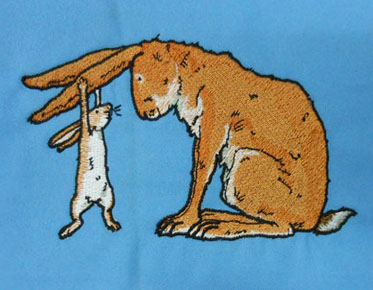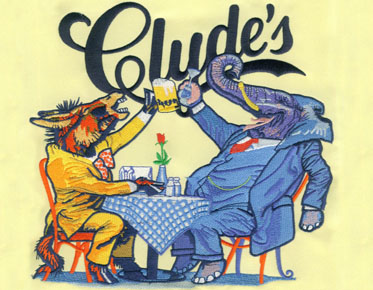Understanding What A Single Stitch And Double Stitch Are on Embroidery Digitizing
Single and double stitches in embroidery digitizing are the number of times the needle moves up and down an area. A single needle means the machine only goes up and down once, while a double needle means the machine goes up and down twice. The main difference between a single and a double stitch on an embroidery machine is the appearance of the finished product. Double stitches make the stitching area more obvious, while single stitches blend better when you're trying to make designs that use subtle colors that are close to each other.
What is a single stitches?
A single stitches is a pointer in an area only up next time. This is the most common stitch used in most fabrics. This stitch is best suited for areas where thread colors similar to fabric are to be used. This stitch produces a less obvious design and produces a more subtle effect. For a single stitch, the needle only rises and then only falls, so each stitch only appears once. That's the difference between a single seam and a double seam.
Double stitches?
Double stitch is when the machine goes up and down twice in one area. This is sometimes used to make it easier to see where you are stitching. It is also used in heavier fabrics such as denim. You can also use it to make the design stand out, or to make it easier to see where the stitches are with a single stitch. You can use a double stitch and then return it with a single stitch to make it fuse more. For a double stitch, the needle goes up, comes back up again, so each stitch goes up and down twice. That's the difference between a single seam and a double seam.
Which stitch should you use?
For most fabrics, a single stitch is your best choice. The best way to decide is to look at the fabric and then look at the design you are going to wear. If you are using dark thread, you may want to use a double stitch to make it stand out more. If you are using light thread, you may need to use a single needle so that it blends in better with the fabric. If you're sewing on denim and you want to use a double stitch, you'll want to do it slowly so you don't ruin your machine.
Single versus Double: Which should you use?
As we discussed, the main difference between a single and a double stitch is the appearance of the finished product. Double stitches make the stitching area more obvious, while single stitches blend better when you're trying to make designs that use subtle colors that are close to each other. A single stitch is more suitable for fabrics with subtle color differences and complex or small designs. A single stitch allows the fabric to show more, and you can use lighter thread colors that blend in better with the fabric. Double stitch is better for fabrics with large color differences, designs with large stitches, and thicker fabrics such as denim. You can double stitch with darker thread colors and heavier thread, and it will show better without mixing it with the fabric. You can also use a double stitch to make the larger stitch stand out more, or to make it easier to see where the stitch was closed with a single stitch. You can use a double stitch and then return it with a single stitch to make it fuse more.
The main difference between a single and a double stitch is the appearance of the finished product. Double stitches make the stitching area more obvious, while single stitches blend better when you're trying to make designs that use subtle colors that are close to each other. There are many factors in which stitch you should use, such as the type of fabric, the type of thread, and what you want the end result to look like. It is important to know the difference between a single stitch and a double stitch so that you can choose the best stitch for your project.



